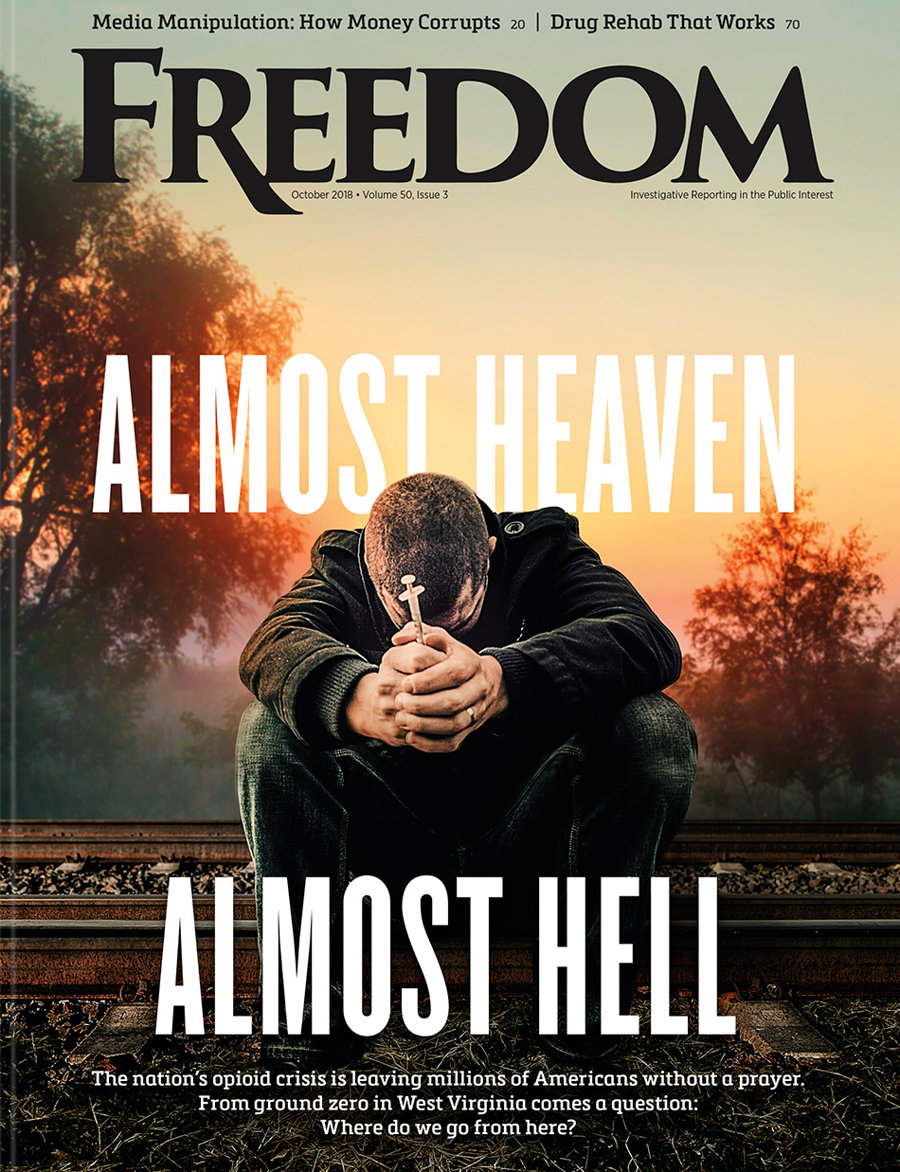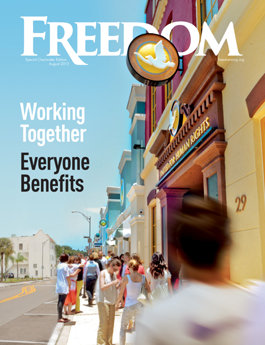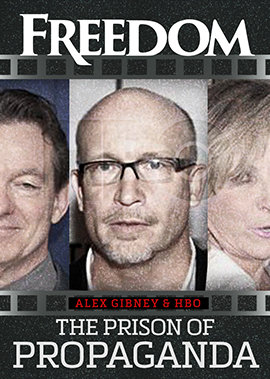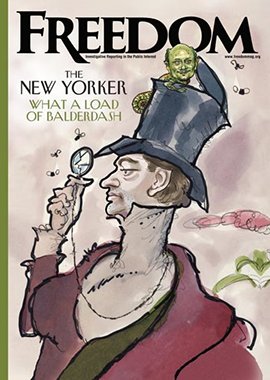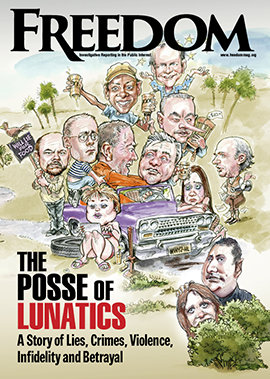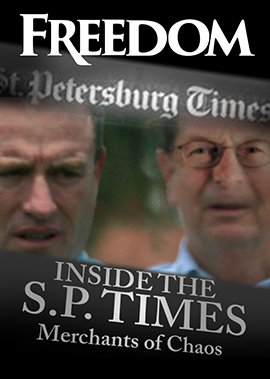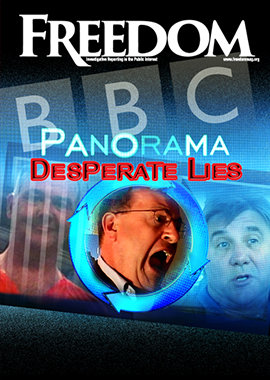What once drifted through the haze of Woodstock and Flower Power was already cause for concern—but today’s cannabis is a whole different beast. Back then, rebels passed around mellow strains like Acapulco Gold and Panama Red.
Today, strains like Girl Scout Cookies and Blue Dream can be up to 25 times more potent—turbocharged versions designed not for peace and love, but for profit and addiction. This isn’t just a stronger high—this is a drug that hijacks minds and pulls young lives into a spiral from which they may never escape.
“Heroin can kill quickly, but the cumulative effect of cannabis in our society may be far worse.”
The results have been devastating. Cannabis has more birth defects associated with it than thalidomide, the since-banned morning sickness drug that deformed thousands of babies in the mid-20th century. But the danger doesn’t end at birth. The damage continues well into young adulthood, with cannabis now emerging as a silent contributor to America’s heart disease crisis. Nearly half of American heart attack patients in recent years have been under the age of 54—and cardiologists cite cannabis as a key factor. One major study found that marijuana users were twice as likely to die from heart disease, with a 29 percent higher risk of heart attack and a 20 percent higher risk of stroke than nonusers.

Across the pond, law enforcement in Britain has seen enough. Fourteen police chiefs, more than a quarter of the crime commissioners in the UK, sent a letter in June to Minister of State for Crime, Policing and Fire Diana Johnson, calling for cannabis’ reclassification from a Class B to a Class A substance. Class A drugs in the UK are the most dangerous. They include LSD, morphine, methamphetamine, mushrooms and heroin, and carry the stiffest penalties for possession, with up to life in prison for dealing.
The letter states, “Heroin can kill quickly, but the cumulative effect of cannabis in our society may be far worse.”
Cops would know—they see it every day. In just one of many recent cannabis-induced crimes, a samurai-sword-wielding man in East London killed a schoolboy and seriously injured four others before he was stopped. A King’s College professor calls the crime wave “the beginnings of an epidemic of cannabis-induced psychosis.”
Warning signs have long since been ignored and the sirens are sounding—and getting louder. Right now in the UK, three out of four people caught with cannabis are walking free without ever seeing the inside of a courtroom. Even more alarming, 87 percent of children and young people undergoing alcohol and drug treatment are battling cannabis dependency—far more than double the number struggling with alcohol.
Meanwhile, in places like Portugal and Colorado, the warm and fuzzy decriminalization approach to cannabis has proven to be a spectacular disaster. In Portugal, psychosis cases have erupted 30-fold since the legalization of the drug. In Colorado, cannabis-related suicides, traffic fatalities and overdoses have all spiked, while the state has become a favorite hub for black market trafficking of the drug to other states where cannabis is still illegal.
Police and Crime Commissioner for Devon and Cornwall Alison Hernandez is adamant about enforcement. “The fact that we’ve been so blasé about cannabis in society means that people think it’s legal and normal, and it’s not,” she says. “We’ve got to show them that it’s not.”
And it doesn’t begin and end with cannabis. The drug is a welcome mat for more. Stuart Reece, an Australian clinician and cannabis researcher quoted in the letter, said more than 90 percent of hard drug addicts he encountered had started with cannabis.
To the cop on the beat, the very smell of cannabis bodes ill. Sir Andy Marsh, the country’s longest-serving chief constable, feels unsafe at a whiff of the substance, calling it a “sign of crime and disorder.”
“In my community, my kids are too frightened to use the bus stop because it always stinks of cannabis,” Sir Andy says. “I’m speaking from personal experience and people I talk to, if I walk through a town, city or even village center and I smell cannabis, it does actually have an impact on how safe I feel.”
Will the powers that be pay heed to a letter signed by a large slice of their own law enforcement? Or will they follow the throw-in-the-towel philosophy of those who’ve already given in?
Once-safe communities where even the police feel “unsafe”?
“We cannot allow this to become the Britain of the future,” the letter pleads.
No, we cannot.






